The Golden Years of Foujita
An exhibition dedicated to the French period of this artist, a member of the School of Paris, was held at the Musée Maillol in Paris in 2018.
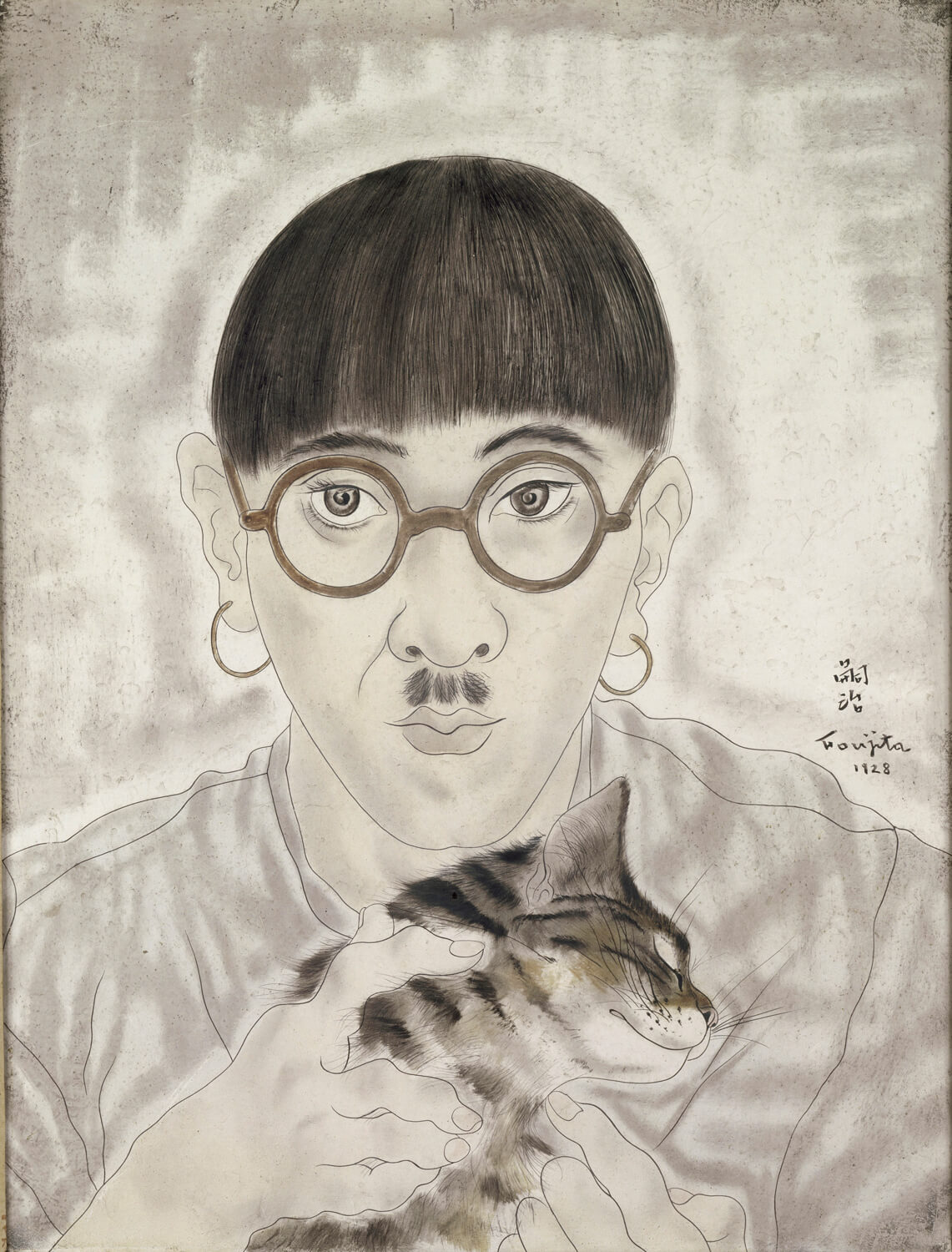
Léonard Tsuguharu Foujita, ‘Portrait’, 1928, oil and gouache on canvas, Paris, Centre Pompidou, National Museum of Modern Art - Centre de création industrielle © Fondation Foujita / Adagp, Paris, 2018 - Photo © Centre Pompidou, MNAM-CCI, Dist. RMN-Grand Palais / Jacqueline Hyde
Tsugouhara Foujita illuminated his era. This Japanese (naturalised French) dandy drew on his Eastern roots to compete with the Western masters. The exhibition, held in 2018 at the Musée Maillol, gathered over 100 of the artist’s works created during his Parisian period, between 1913 and 1931.
Calligraphy, gouache, and watercolours
They recalled in passing his favourite themes: women, children, animals, and himself (for visitors to rank in order of importance) and his desire to forge connections between France and Japan. Tsugouharu Foujita, who was close to Modigliani and Soutine, with whom he lived in the heart of the Cité Falguière in Montparnasse, is known for his unique technique of fine calligraphic lines, painted with gouache and watercolours.
Foujita, peindre dans les années folles (2018), was an exhibition held at Musée Maillol in Paris.
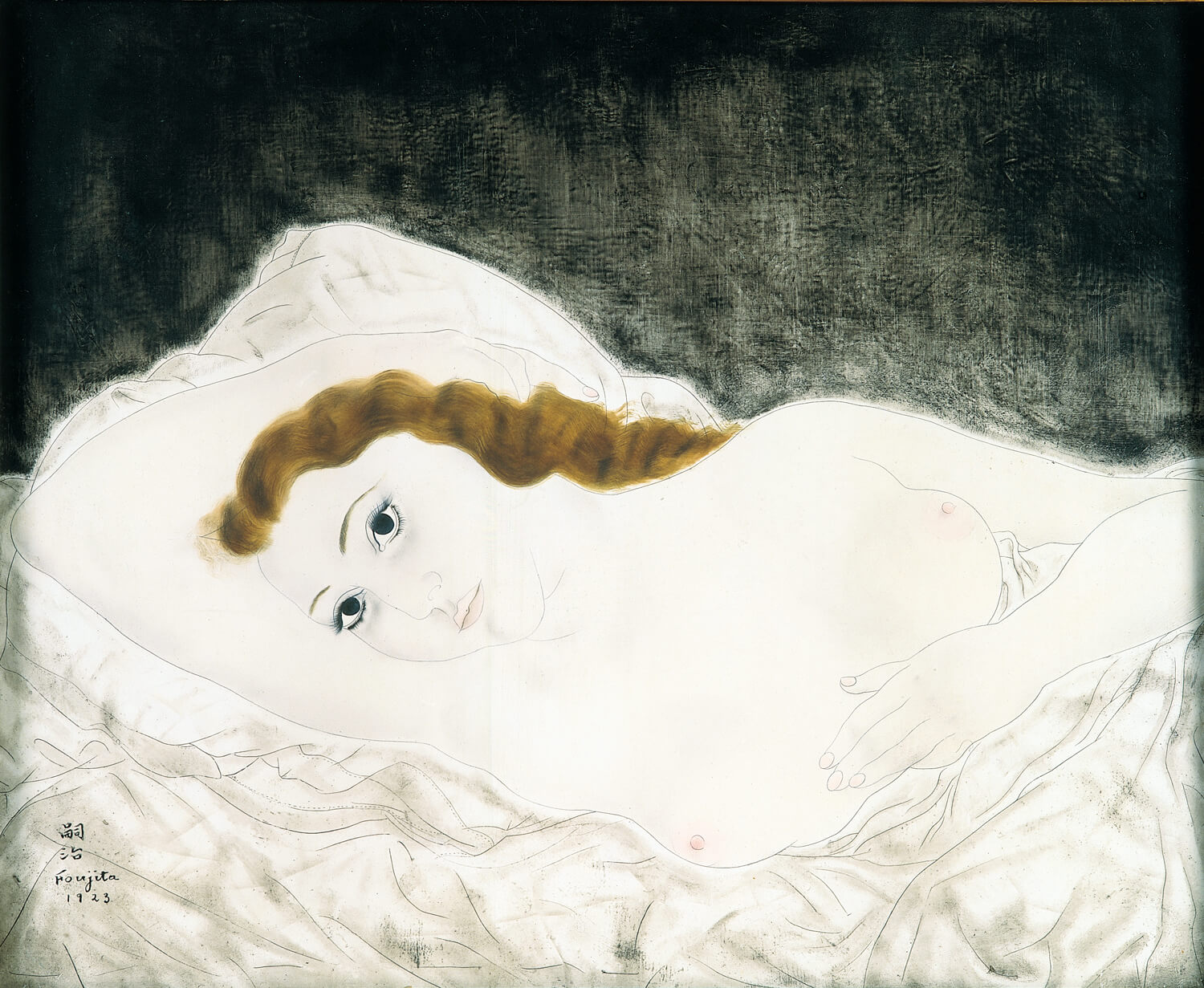
Léonard Tsuguharu Foujita, ‘Femme allongée, Youki’, 1923, oil on canvas, private collection © Fondation Foujita / Adagp, Paris, 2018 Photo : © Archives artistiques
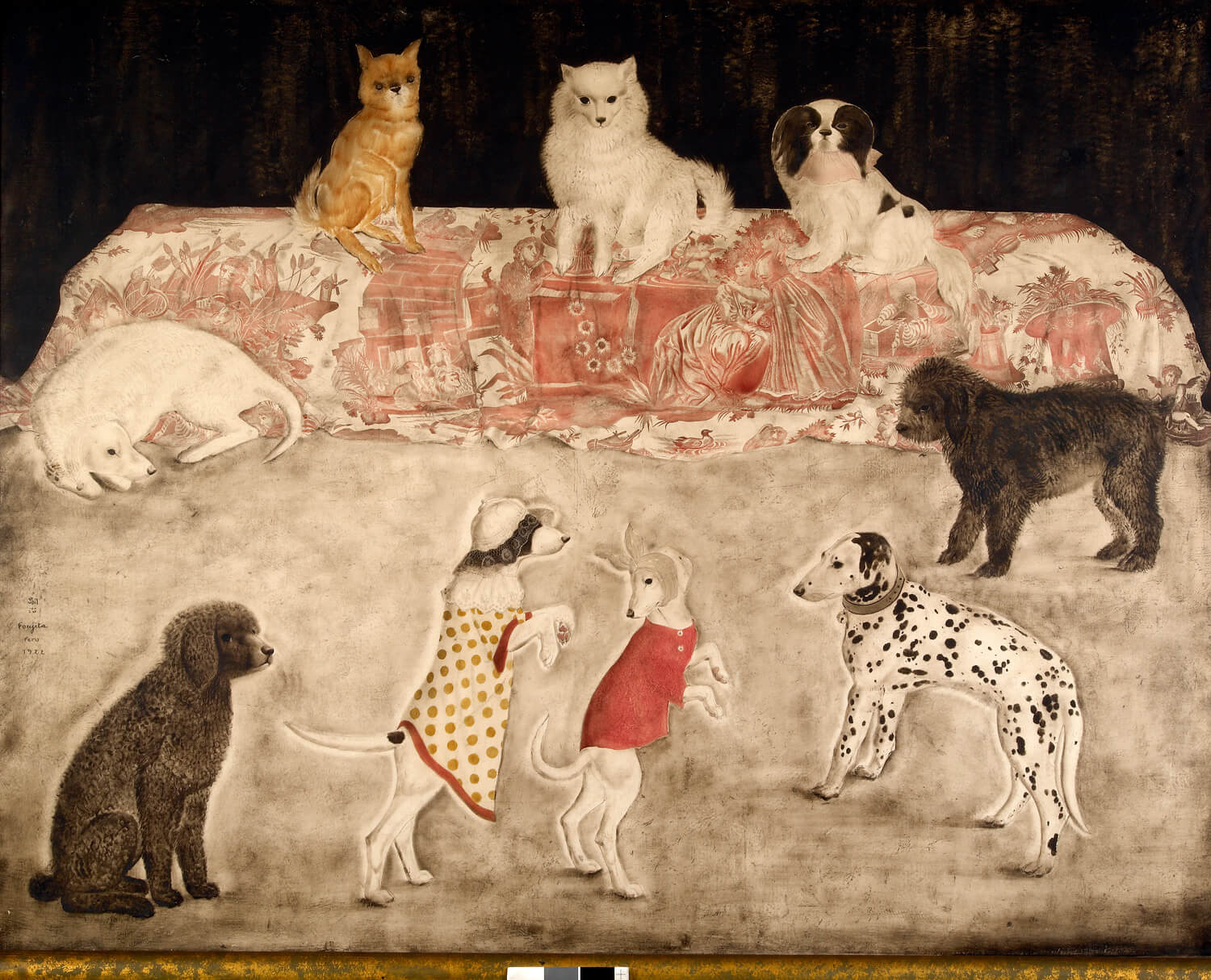
Léonard Tsuguharu Foujita, ‘Chiens savants’, 1922, oil on canvas, private collection © Fondation Foujita / Adagp, Paris, 2018 Photo : © Archives artistiques
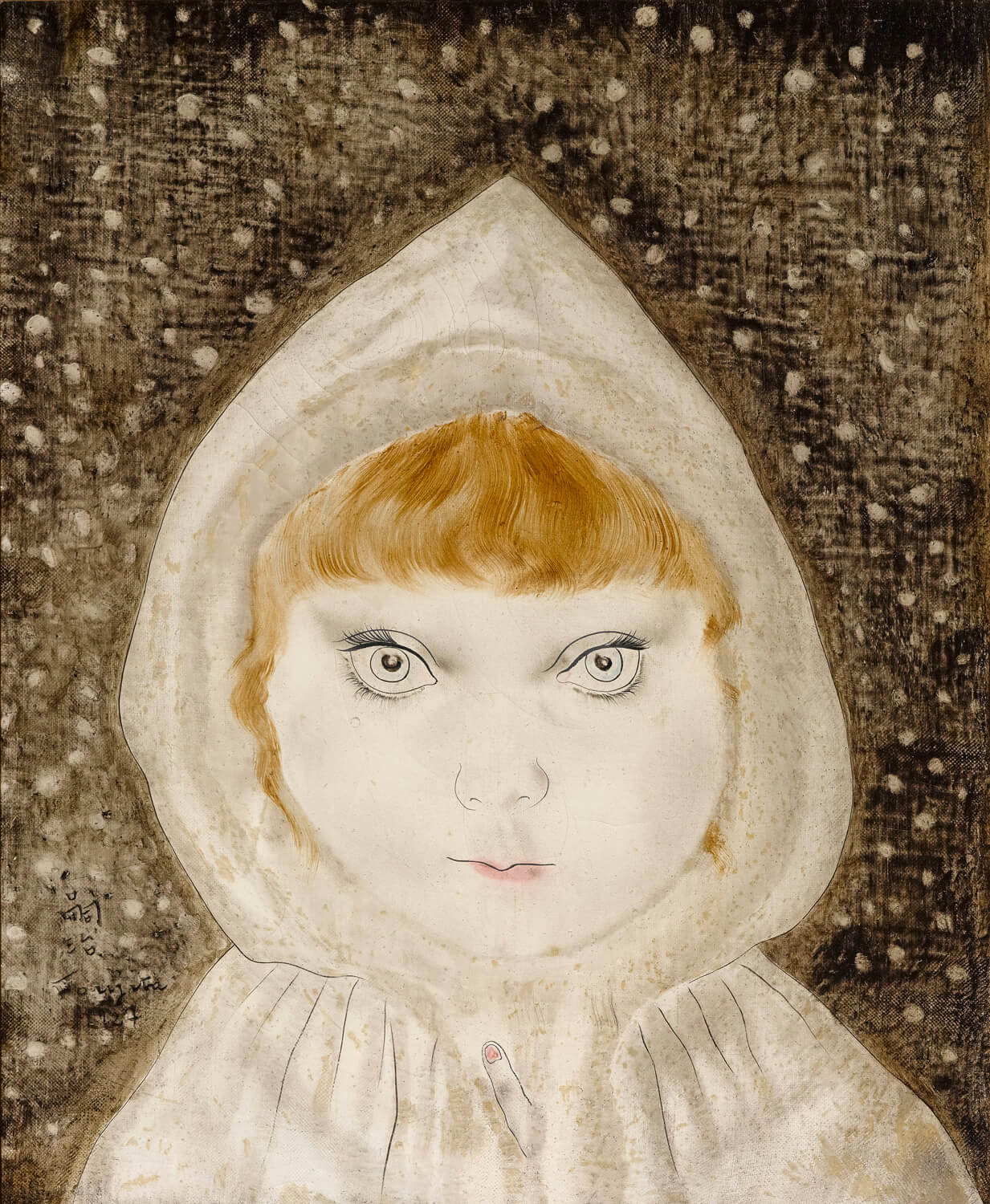
Léonard Tsuguharu Foujita, ‘Petite fille au capuchon’, 1929, oil on canvas, private collection © Fondation Foujita / Adagp, Paris, 2017
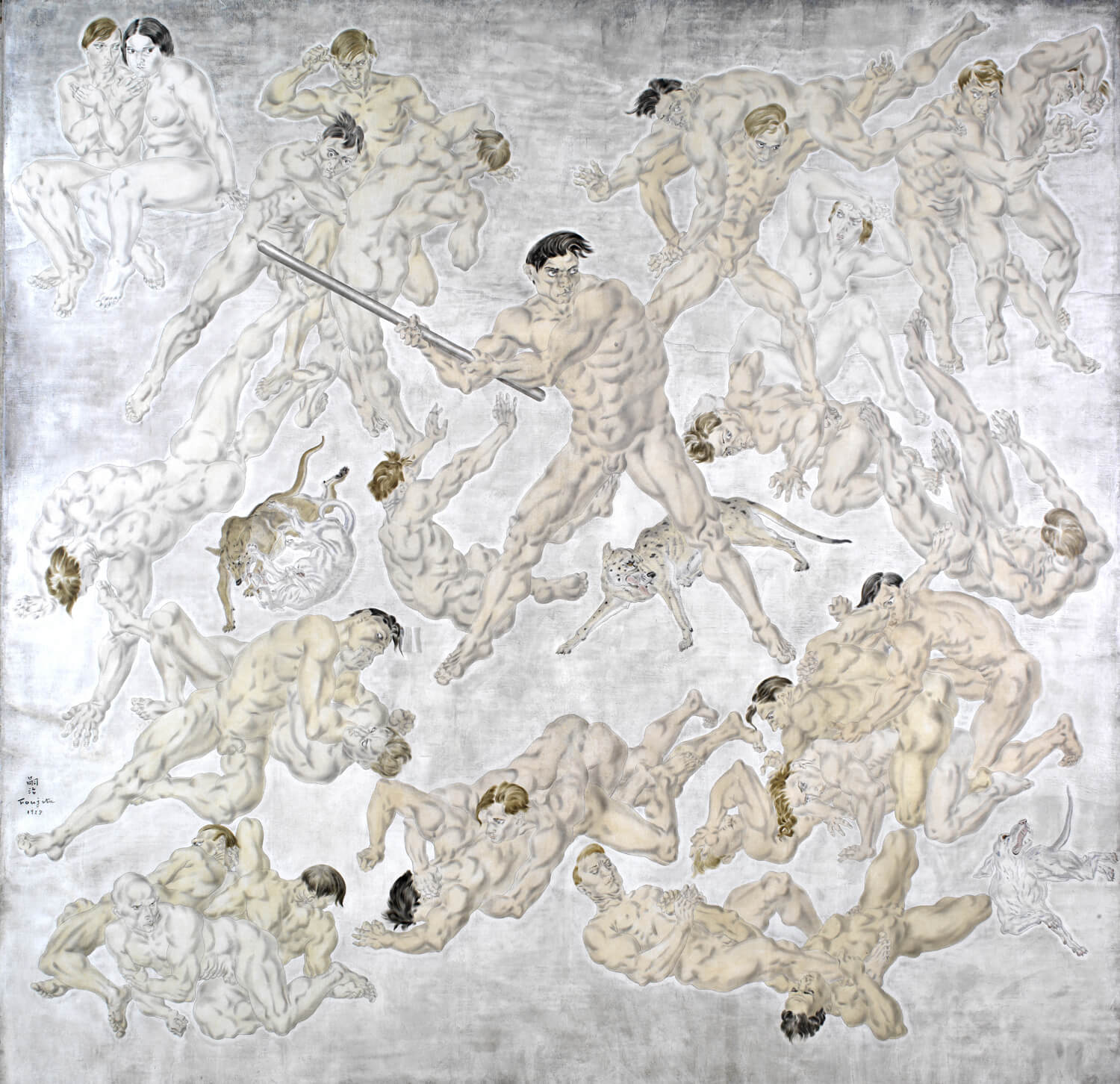
Léonard Tsuguharu Foujita, ‘Combat I’, 1928, oil on canvas, 299.7 x 301.6 x 4.7 cm, Maison-atelier Foujita, Conseil Départemental d’Essonne, Evry France, by Laurence Godart © Fondation Foujita / Adagp, Paris, 2018 © Maisonatelier Foujita. CD Essonne
TRENDING
-
The Tattoos that Marked the Criminals of the Edo Period
Traditional tattoos were strong signifiers; murderers had head tattoos, while theft might result in an arm tattoo.

-
Paris, Tokyo: Robert Compagnon
With his co-chef and talented wife, Jessica Yang, Robert Compagnon opened one of the top new restaurants in Paris: Le Rigmarole.
 3:31
3:31 -
Chiharu Shiota, Red Threads of the Soul
Last year, more than 660,000 people visited the retrospective 'Chiharu Shiota: The Soul Trembles' exhibit at the Mori Art Museum.

-
‘Before Doubting Others, Doubt Yourself. Who Can Truly Say a Dish Isn’t What It Used to Be?’
In ‘A Non-Conformist’s Guide to Surviving Society’, author Satoshi Ogawa shares his strategies for navigating everyday life.

-
The Story of Sada Yacco, the Geisha who Bewitched Europe
Described by Dazed magazine as the first beauty influencer, she has been restored to her former glory since 2019.





